 The Africa Biodiversity Collaborative Group (ABCG) members, Conservation International and the Jane Goodall Institute in collaboration with IRC WASH have developed the Freshwater Conservation and WASH Advocacy Strategy Workshop Facilitator’s Guide. Launched on August 20, 2020, through a webinar presentation, the guide lays out steps that conservation, WASH, and development practitioners can use to develop an advocacy strategy that can enable them deliver positive conservation outcomes.
The Africa Biodiversity Collaborative Group (ABCG) members, Conservation International and the Jane Goodall Institute in collaboration with IRC WASH have developed the Freshwater Conservation and WASH Advocacy Strategy Workshop Facilitator’s Guide. Launched on August 20, 2020, through a webinar presentation, the guide lays out steps that conservation, WASH, and development practitioners can use to develop an advocacy strategy that can enable them deliver positive conservation outcomes.
Building on years of experience, the ABCG FW-WASH task group has translated decades of on-the-ground successes into long- lasting policy action. Recognizing the integral role advocacy plays in creating and sustaining momentum for progress on conservation and human health policies, the FW-WASH task group developed and ground truthed the guide.
The Freshwater Conservation and WASH Advocacy Strategy Workshop Guide consists of five parts, the main Facilitator’s Guide and 4 appendices:
- Advocacy Strategy Workshop Facilitator’s Guide
- Appendix 1: Advocacy Strategy Workshop PowerPoint Presentation
- Appendix 2: Country Context Presentation Template
- Appendix 3: Facilitator Workbook
- Appendix 4: Participant Workbook
The expected outcome of the guide is to have ABCG members and partners increase institutional capacity to address policy gaps and challenges to multisectoral, integrated FW-WASH policy in sub-Saharan Africa. Participants will build skills in advocacy strategy creation, communications, and advocating for changes in policy.
The objectives of the document are to:
- Provide individuals with guidelines for developing basic advocacy and facilitation skills and a process for building advocacy capacity of organizations working on FW-WASH.
- Present content and activities designed to develop basic skills in advocacy strategy design.
- Provide a platform for sharing existing advocacy experiences and expertise across one or more organizations.
When using this guide, please use the suggested citation below.
Suggested Citation: Walter, E., Sorto, C., Edmond, J., Mercurio, S. and Rozenberg, E. 2020. Freshwater Conservation and WASH Advocacy Strategy Workshop: Facilitator’s Guide. Washington, DC: Africa Biodiversity Collaborative Group and IRC.
For questions about the methodology in the guide, please contact Elynn Walter (walter@ircwash.org) or Colleen Sorto (csorto@conservation.org).
Download the guide here: Freshwater Conservation and WASH Advocacy Strategy Workshop Facilitator’s Guide
Watch the recorded virtual launch of the guide here: Webinar recording and presentation of the Freshwater Conservation and WASH Advocacy Guide launch
About ABCG FW-WASH Task Group
ABCG is reducing watershed degradation and improving the health of freshwater ecosystems through linking freshwater conservation (FW) and water, sanitation, and hygiene (WASH). In response to human-induced threats to biodiversity and freshwater resources in Africa, ABCG partners, Conservation International and the Jane Goodall Institute brought together conservation and development actors to address these multisectoral issues and develop solutions for improved human and ecosystem health in sub-Saharan Africa.


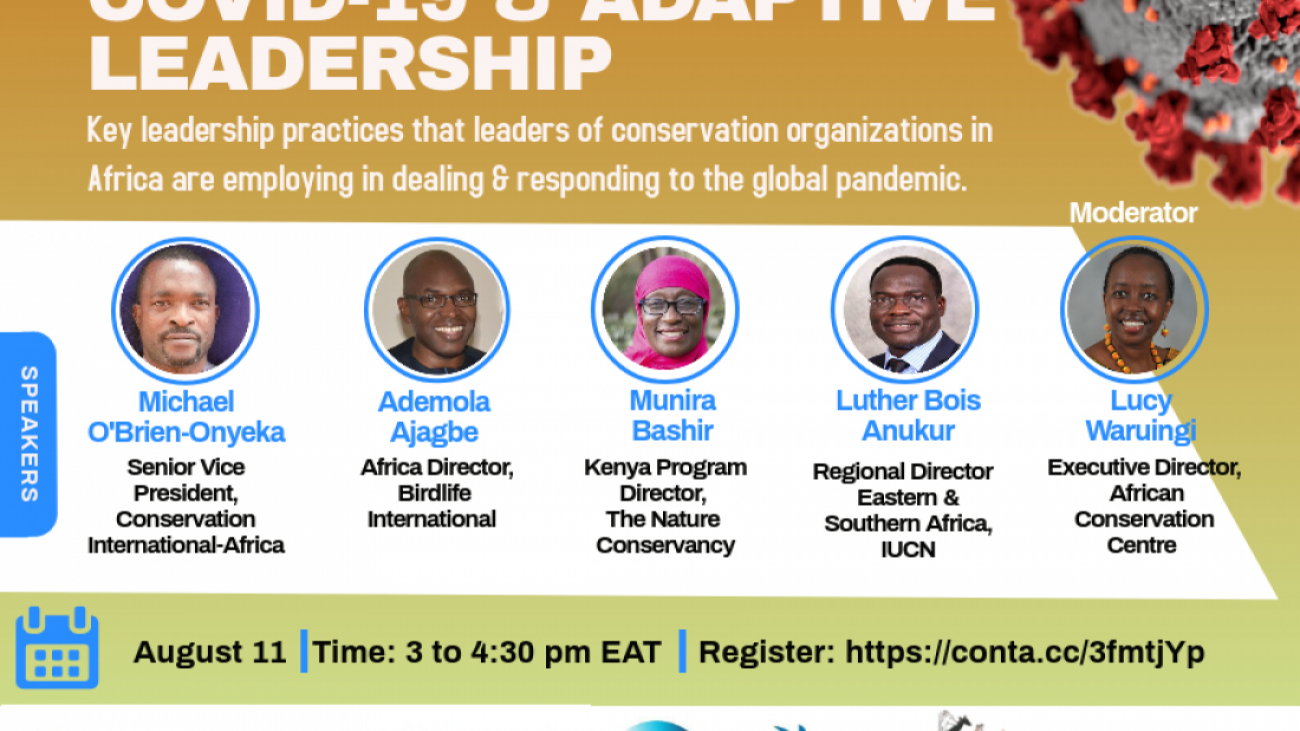

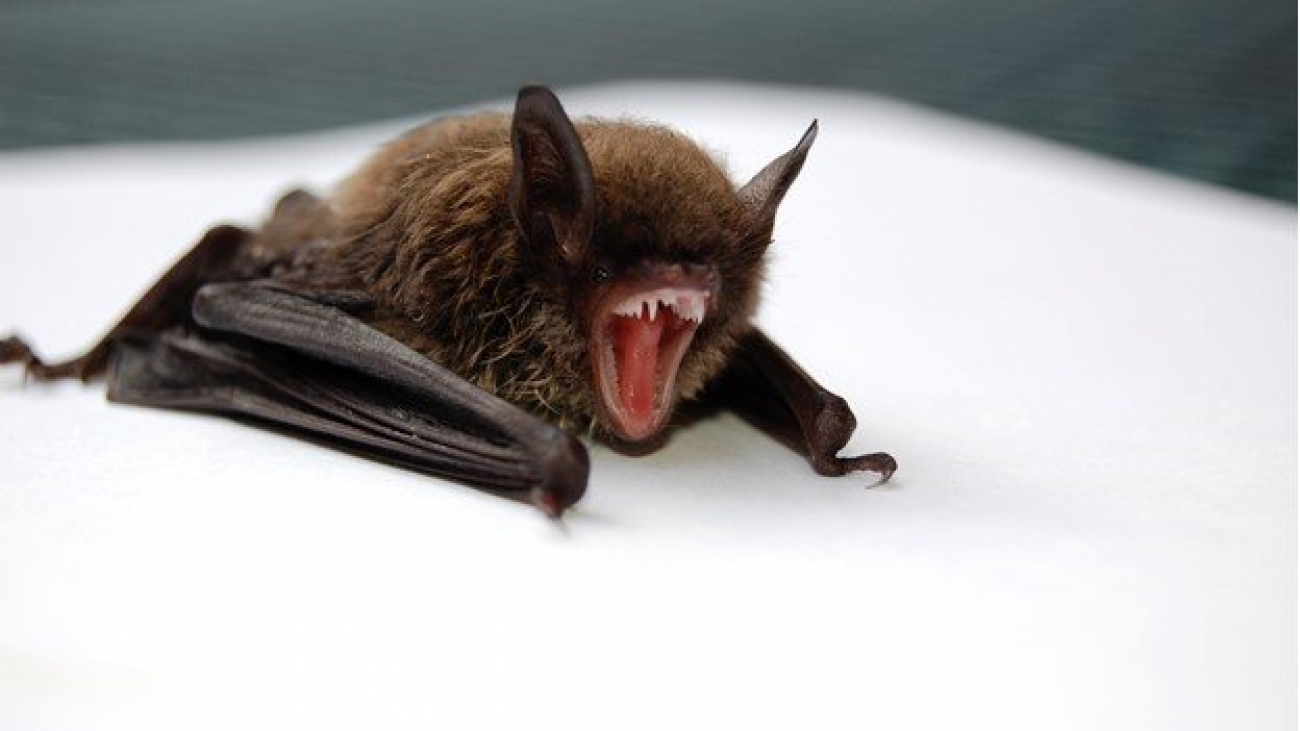


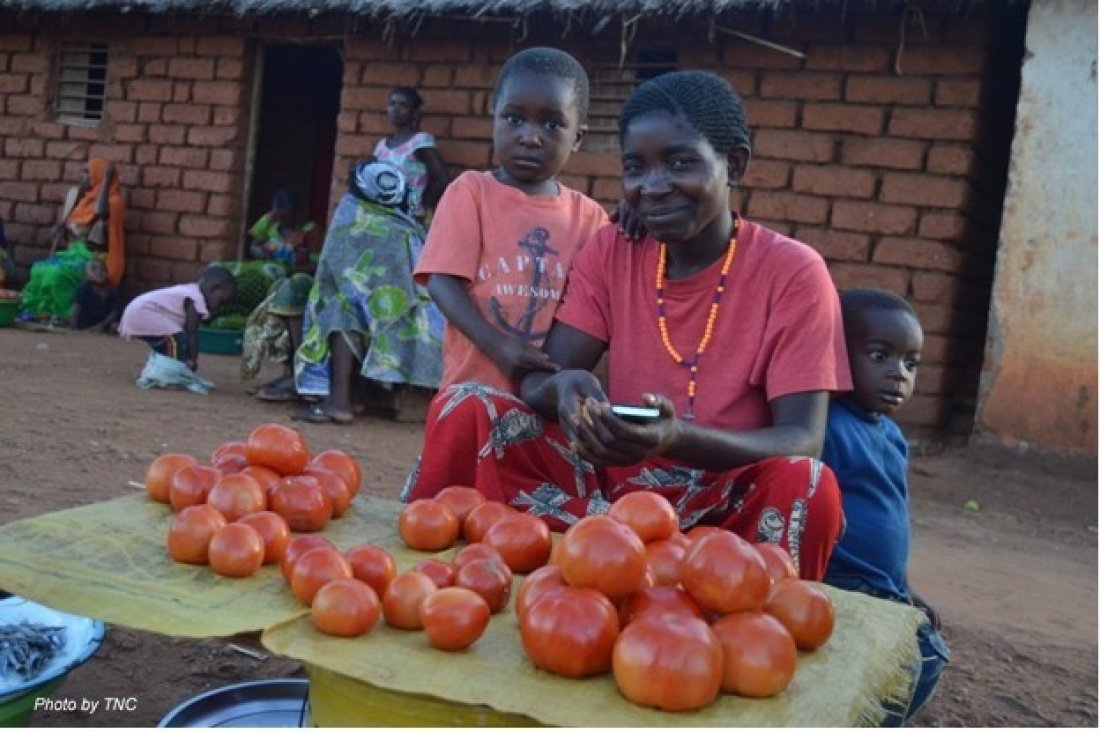

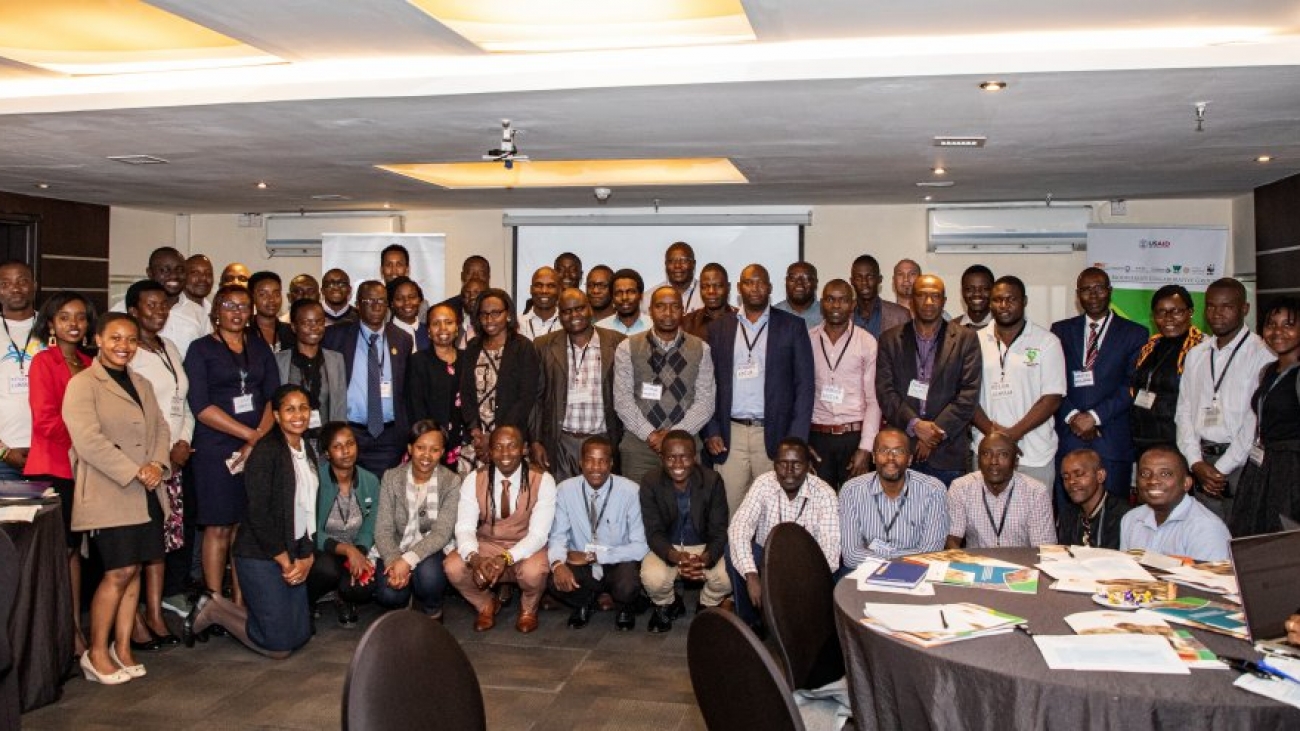
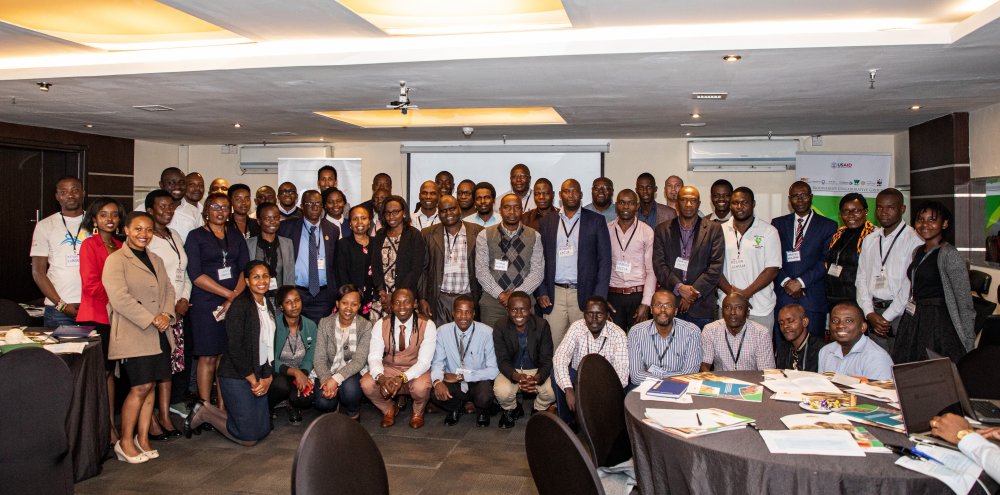

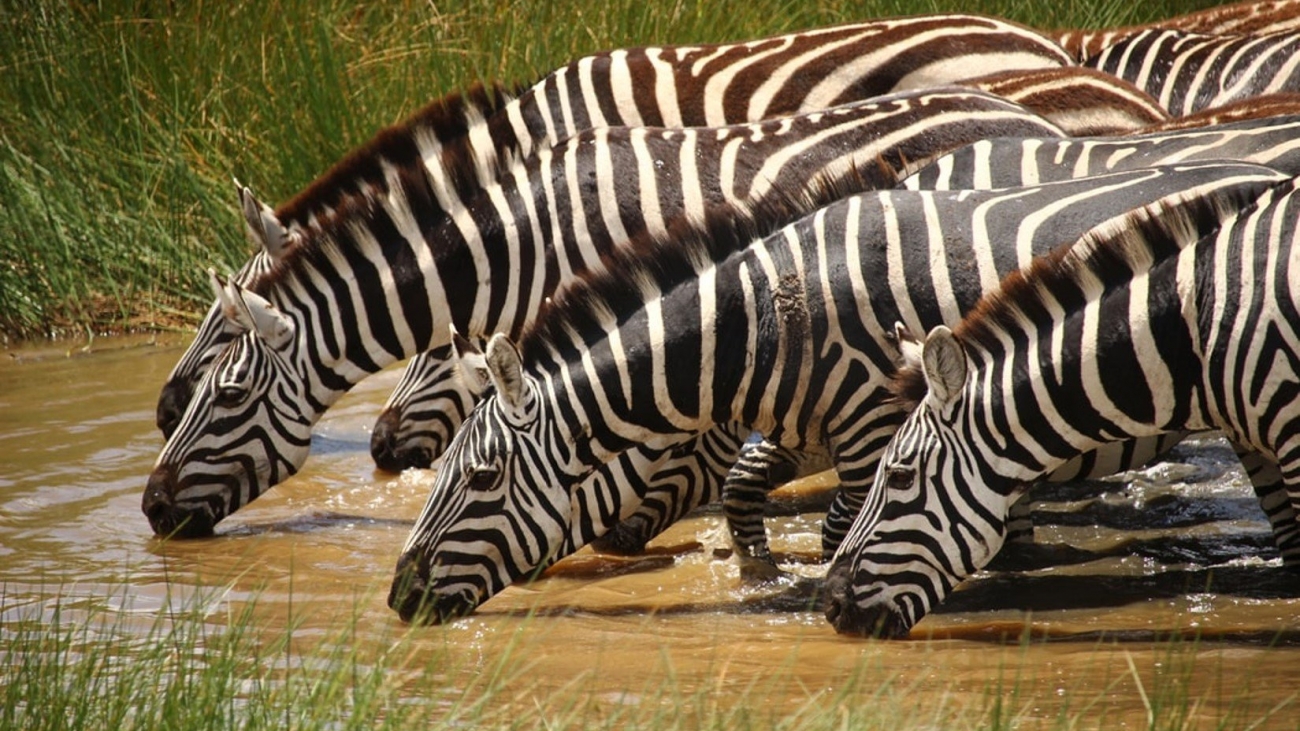
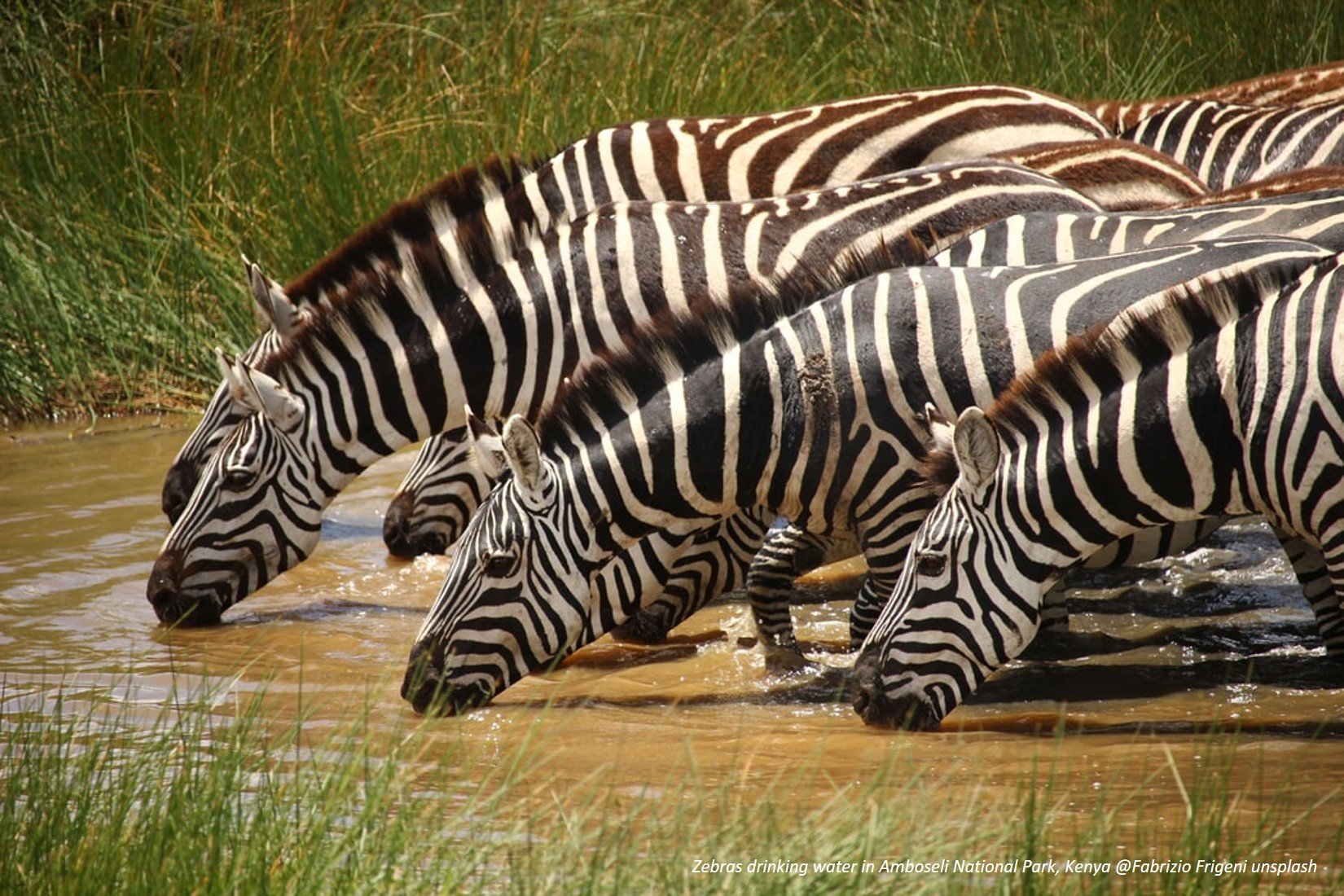
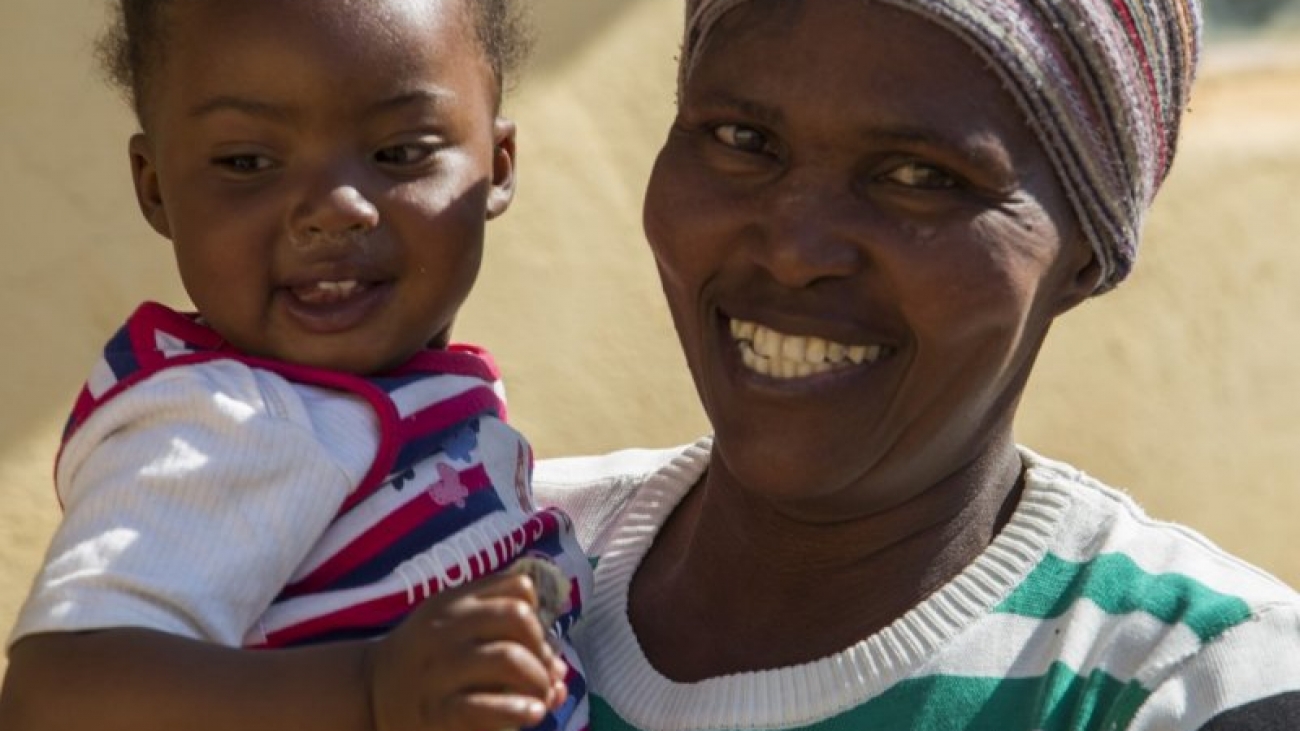
 Women play critical land and natural resource management roles. According to a 2017 ABCG
Women play critical land and natural resource management roles. According to a 2017 ABCG 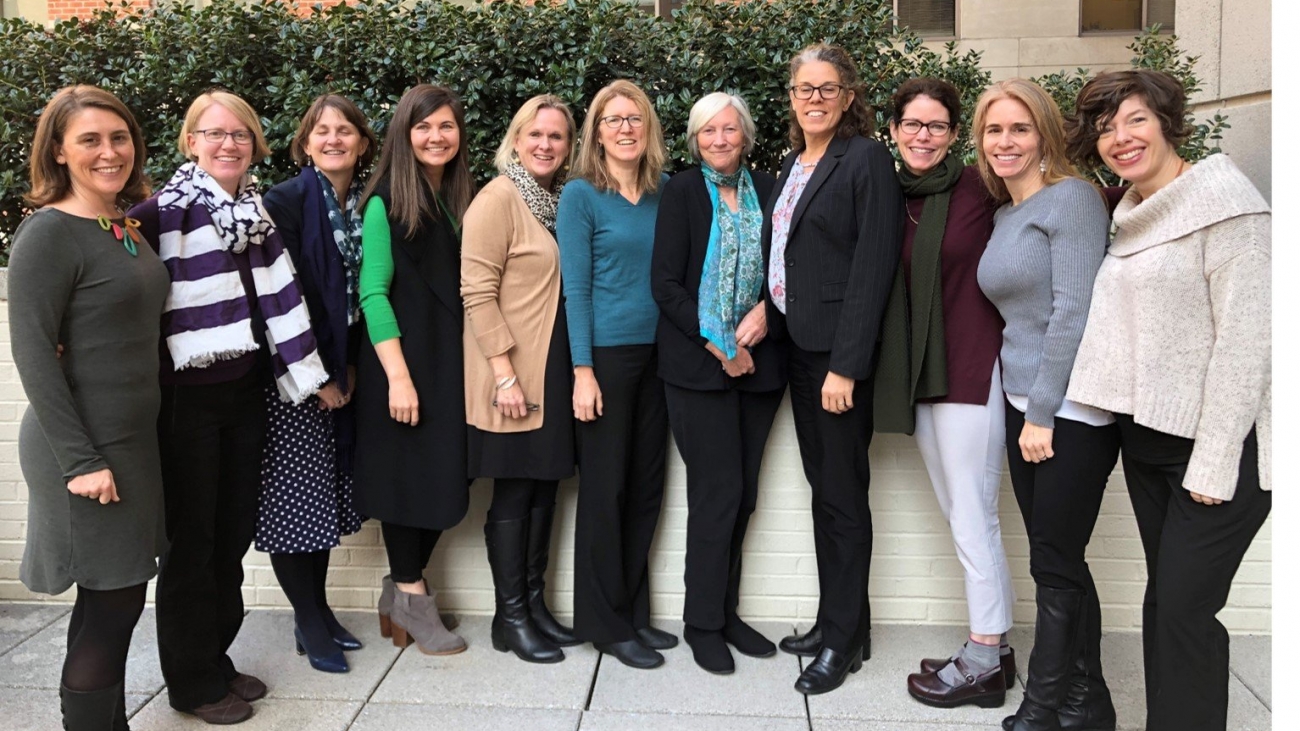
 The objectives of the meeting were to better articulate the key assumptions that could be tested over time and/or learning questions that could be tracked and/or ways of measuring the concept and/or best practices on how to effectively implement such complex projects. The group explored key questions about why PHE integration is so important to address human population growth and conservation and how to better measure the benefits or value added of these approaches. The experts shared lessons from projects in Madagascar and Tanzania about how communities are adopting better conservation or natural resource management practices if they are integrated with family planning and PHE approaches.
The objectives of the meeting were to better articulate the key assumptions that could be tested over time and/or learning questions that could be tracked and/or ways of measuring the concept and/or best practices on how to effectively implement such complex projects. The group explored key questions about why PHE integration is so important to address human population growth and conservation and how to better measure the benefits or value added of these approaches. The experts shared lessons from projects in Madagascar and Tanzania about how communities are adopting better conservation or natural resource management practices if they are integrated with family planning and PHE approaches. 
 Located in East Africa, Uganda is a country that is endowed with rich biodiversity. It is among the 10 most biodiverse countries in the world and carries about 40% of the continent’s mammal species with half of the world’s mountain gorillas found in Uganda. The country is home to over half of all the 2000 bird species in Africa’s bird species making it a birder’s paradise.
Located in East Africa, Uganda is a country that is endowed with rich biodiversity. It is among the 10 most biodiverse countries in the world and carries about 40% of the continent’s mammal species with half of the world’s mountain gorillas found in Uganda. The country is home to over half of all the 2000 bird species in Africa’s bird species making it a birder’s paradise. 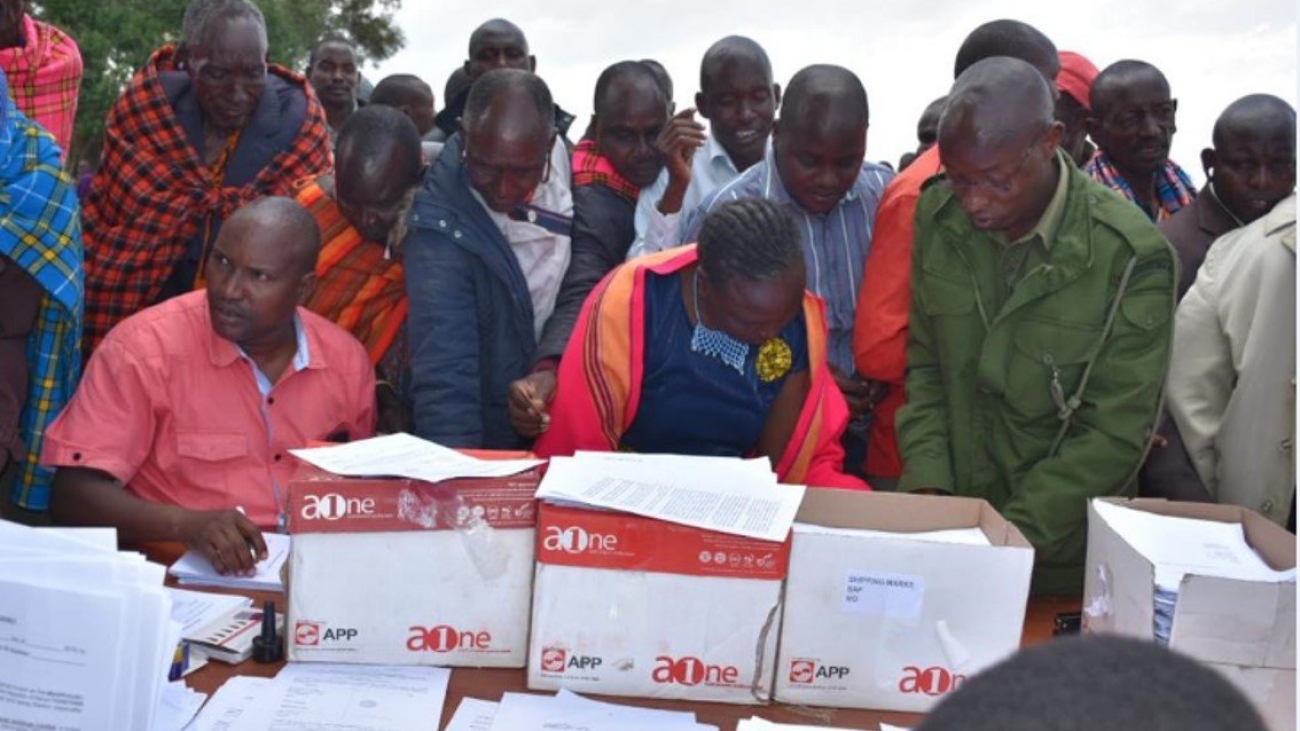

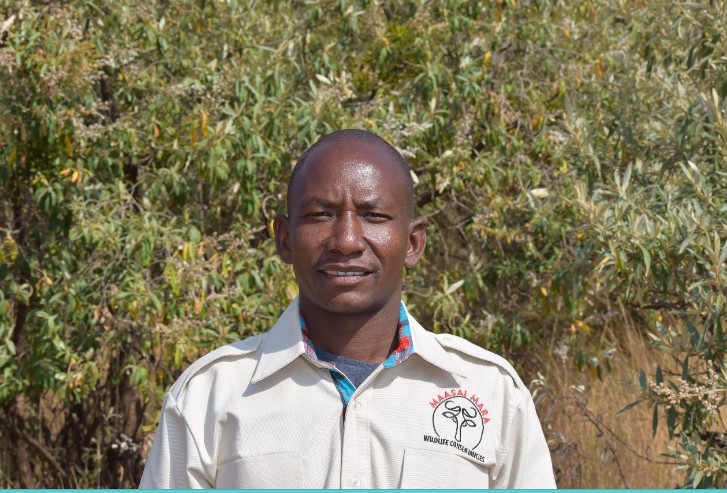 Daniel Sopia is an accomplished leader in conservation, with a track record of working with local communities to protect Kenya’s diverse ecosystems. He brings to MMWCA a great mix of leadership, inspiration, and passion for conservation. He possesses management experience in the conservation and tourism sectors. He serves on the Board of Greater Mara Trust/Greater Mara Management Limited as well as the Board of the Kenya Wildlife Conservancies Association representing the Maasai Mara region. As a founder member, Daniel has done a remarkable job with MMWCA’s formation, firstly as the Chairperson of the Conservancies Council prior to joining the Secretariat as Chief Programs Officer then CEO. Daniel is a Silver rated Professional Tour Guide who left active tour guiding to help set up Olare Motorogi Community Conservancy Trust in Maasai Mara. He co-steered Olare Motorogi Conservancy as a Director from 2006 to 2008, a Trustee and as a Community Development Manager in the year 2013. He has also served in the capacities of Board Member for Olare Motorogi Conservancy and Vice Chair of Olpurkel Company Limited, the Management Company managing the conservancy. Currently, Daniel has also been appointed as a Member of the Human-Wildlife Compensation Schemes Task Force.
Daniel Sopia is an accomplished leader in conservation, with a track record of working with local communities to protect Kenya’s diverse ecosystems. He brings to MMWCA a great mix of leadership, inspiration, and passion for conservation. He possesses management experience in the conservation and tourism sectors. He serves on the Board of Greater Mara Trust/Greater Mara Management Limited as well as the Board of the Kenya Wildlife Conservancies Association representing the Maasai Mara region. As a founder member, Daniel has done a remarkable job with MMWCA’s formation, firstly as the Chairperson of the Conservancies Council prior to joining the Secretariat as Chief Programs Officer then CEO. Daniel is a Silver rated Professional Tour Guide who left active tour guiding to help set up Olare Motorogi Community Conservancy Trust in Maasai Mara. He co-steered Olare Motorogi Conservancy as a Director from 2006 to 2008, a Trustee and as a Community Development Manager in the year 2013. He has also served in the capacities of Board Member for Olare Motorogi Conservancy and Vice Chair of Olpurkel Company Limited, the Management Company managing the conservancy. Currently, Daniel has also been appointed as a Member of the Human-Wildlife Compensation Schemes Task Force.